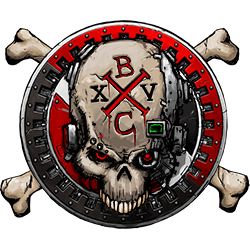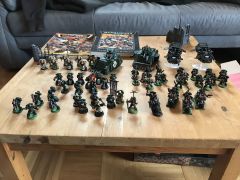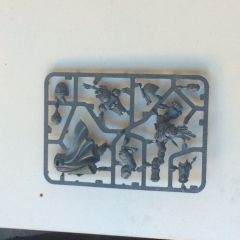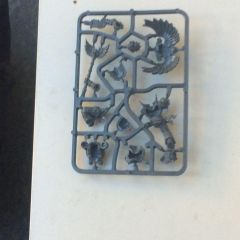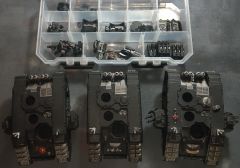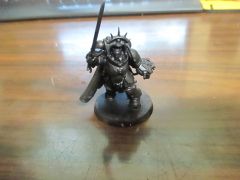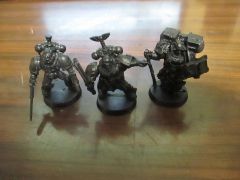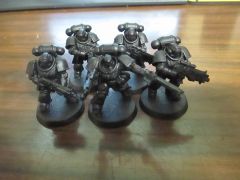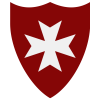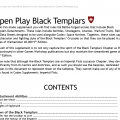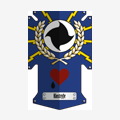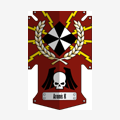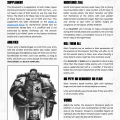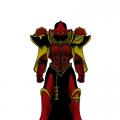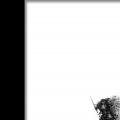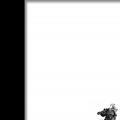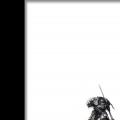Search the Community
Showing results for tags 'Adeptus Astartes'.
-
From the album: Brother Christopher's WIP
- 1 comment
-
- Primaris
- Space Marines
-
(and 1 more)
Tagged with:
-
From the album: 3rd Edition Dark Angels
- 2x 3rd Edition Starter Set ( 10 Tacs + Landspeeder) - Asmodai, DA Master, Brother Bethor, Chaplain on Bike - DA Veterans - Old Predator - Old Razorback Twin Lascannon - Devastators - Scouts - Bikes - Deathwing Terminators (sadly 2 got lost in the warp) Besides the Starterbox stuff everything is whitemetal or has metal parts.-
- 3rd EditionDark Angels
- Space Marines
-
(and 1 more)
Tagged with:
-
-
- Space Marine
- vehicle
-
(and 4 more)
Tagged with:
-
From the album: Capt. Smash's Blood Angels stuff
-
- Blood &a Zeal 2018
- Blood Angels modelling event
- (and 2 more)
-
Blood Angels Chaplain.
FormelyKnownAsSmashyPants posted a gallery image in Blood Angels & Successors
From the album: Capt. Smash's Blood Angels stuff
-
- Blood & Zeal 2018
- Blood Angels modelling event
- (and 2 more)
-
From the album: Acadian Crusade
3 Land Raider Crusaders for the Black Templars of the Acadian Crusade Vow for SoDE-VI aka IFE-VI-
- Black Templars
- Land Raider Crusader
- (and 5 more)
-
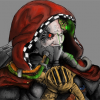
ETL Captain in Gravis Armor Primed
Zephaniah Adriyen posted a gallery image in Blood Angels & Successors
From the album: E Tenebrae Lux 2019
Captain in Gravis, in the primed stage.-
- E Tenebrae Lux
- Adeptus Astartes
-
(and 1 more)
Tagged with:
-
From the album: E Tenebrae Lux 2019
Oldmarines HQs for ETL, in the primed stage.-
- E Tenebrae Lux
- Adeptus Astartes
-
(and 1 more)
Tagged with:
-
From the album: E Tenebrae Lux 2019
Guillimarines for ETL, in the primed stage.-
- E Tenebrae Lux
- Adeptus Astartes
-
(and 1 more)
Tagged with:
-
From the album: E Tenebrae Lux 2019
Tactical Marines for ETL, in the primed stage.-
- E Tenebrae Lux
- Adeptus Astartes
-
(and 1 more)
Tagged with:
-
Version 0.8
1788 downloads
In this fan-made supplement you will find rules for Battle-forged armies that include Black Templars Detachments. These rules include Abilities, Stratagems, Litanies, Warlord Traits, Relics and Datasheets designed to be used alongside Codex: Space Marines. Together, these rules capture the character and fighting style of the Black Templars Crusades so that they can be played in your games of Warhammer 40,000 9th Edition. The aim of this supplement is to not only capture the spirit of the Black Templars Chapter as they are portrayed in other Games Workshop publications but also maintain the streamlined game design of 9th Edition.- 2 reviews
-
- Warhammer 40k
- Adeptus Astartes
-
(and 2 more)
Tagged with:
-
-
- Shadow War: Armageddon
- Space Marines
- (and 3 more)
-
-
- Shadow War: Armageddon
- Adeptus Astartes
- (and 2 more)
-
Version v1.1 (2020/04/20)
1266 downloads
Alternative rules for playing Black Templars in 8th Edition Warhammer 40'000 to be used in conjunction with Codex: Space Marines and Psychic Awakening: Faith and Fury. These are largely an update of the rules found within the 4th Edition Codex: Black Templars. The file can be discussed here.- 1 review
-
- Warhammer 40000 game
- Adeptus Astartes
-
(and 2 more)
Tagged with:
-
-
- Inquisition
- Adeptus Astartes
- (and 3 more)
-
- 1 review
-
- Ultramarines Chapter
- Adeptus Astartes
-
(and 1 more)
Tagged with:
-
-
- Space Wolves Chapter
- Adeptus Astartes
-
(and 1 more)
Tagged with:
-
-
-
- Salamanders Chapter
- Adeptus Astartes
-
(and 1 more)
Tagged with:
-
-
- Raven Guard Chapter
- Adeptus Astartes
-
(and 1 more)
Tagged with:
-
-
- Raptors Chapter
- Adeptus Astartes
-
(and 1 more)
Tagged with:
-
-
- Iron Hands Chapter
- Adeptus Astartes
-
(and 1 more)
Tagged with:
-
-
- Imperial Fists Chapter
- Adeptus Astartes
-
(and 1 more)
Tagged with:
-
-
- Grey Knights Chapter
- Adeptus Astartes
-
(and 1 more)
Tagged with:
-
-
- Grey Knights Chapter
- Adeptus Astartes
-
(and 1 more)
Tagged with:
